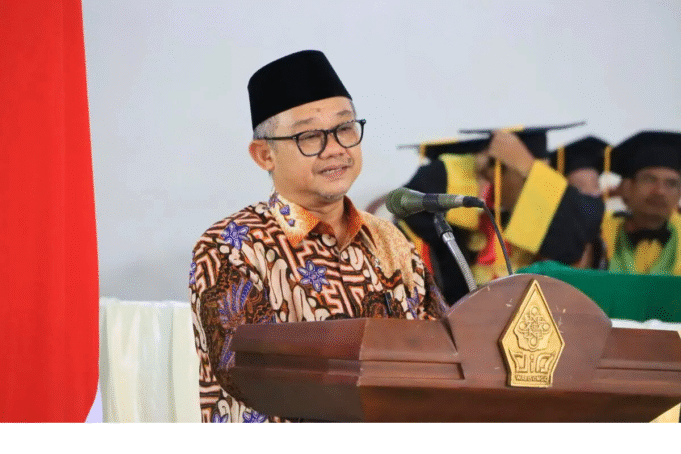As Indonesia stands on the brink of a digital revolution, significant hurdles in education are becoming increasingly apparent. Challenges such as unequal access to technology, a shortage of teachers skilled in science and technology, and gaps in educational infrastructure have created barriers for students trying to keep pace with global progress.
In response, the recent launch of the Smart Indonesia STEM movement is seen as a significant development in addressing these challenges and fostering a brighter future for the nation. Spearheaded on May 25, the initiative is a collaborative effort involving the Ministry of Primary and Secondary Education, Ministry of Higher Education, Science and Technology, Ministry of Culture, Ministry of Religious Affairs, and Ministry of Communication and Digital Affairs, in collaboration with the Riady Foundation.
The Smart Indonesia STEM Program is strategically designed to improve the proficiency and skills of Indonesian youth in Science, Technology, Engineering, and Mathematics (STEM). Supported by more than 500 pioneering educational institutions and a financial investment of IDR 500 billion (approximately US$30.6 million), the initiative targets to improve AI and STEM skills in 10 million students across various educational settings, including madrasahs and Islamic boarding schools.
As Minister Abdul Mu’ti emphasized, the program is a cornerstone of Indonesia’s broader agenda to drive economic growth by cultivating self-reliant human resources. The initiative is not just about education but also about instilling a mindset of critical thinking, problem solving, and innovation.
The comprehensive and inclusive nature of Smart Indonesia STEM is perhaps its most distinctive feature. By offering an adaptable curriculum, digital platform, and robust data-driven monitoring system, the initiative ensures equal opportunities for public schools, private institutions, and religious schools.
Stephanie Riady, the driving force behind the movement, highlights the importance of reshaping the perception of STEM as something accessible and enjoyable for all students. This approach challenges traditional notions of STEM as intimidating or exclusive to a select few, by encouraging an empowering and creative environment.
The success of the program also depends on collaboration across several ministries and sectors, from ensuring digital access to supporting educational transformation in various contexts. In particular, Yudi Darma from the Bandung Institute of Technology underlined the strategic depth and long-term vision of the initiative, citing its potential to create a sustainable science and technology education ecosystem in Indonesia.
More than just providing resources and training, the Smart Indonesia STEM movement is a holistic investment in the nation’s future. By prioritizing a collaborative and innovative approach to education, the initiative aims to bridge the gap and empower the next generation of Indonesian leaders to think critically and drive growth.
In conclusion, the Smart Indonesia STEM initiative is not just an educational program; it is a transformative movement that embodies a commitment to a digitally inclusive future for Indonesia. Through this initiative, the country is poised to redefine its educational landscape and unlock the potential of millions to shape a more dynamic and equitable society.
Credits:
English: Translator : Hanni Sofia, Raka Adji
Editor : Azis Kurmala

















